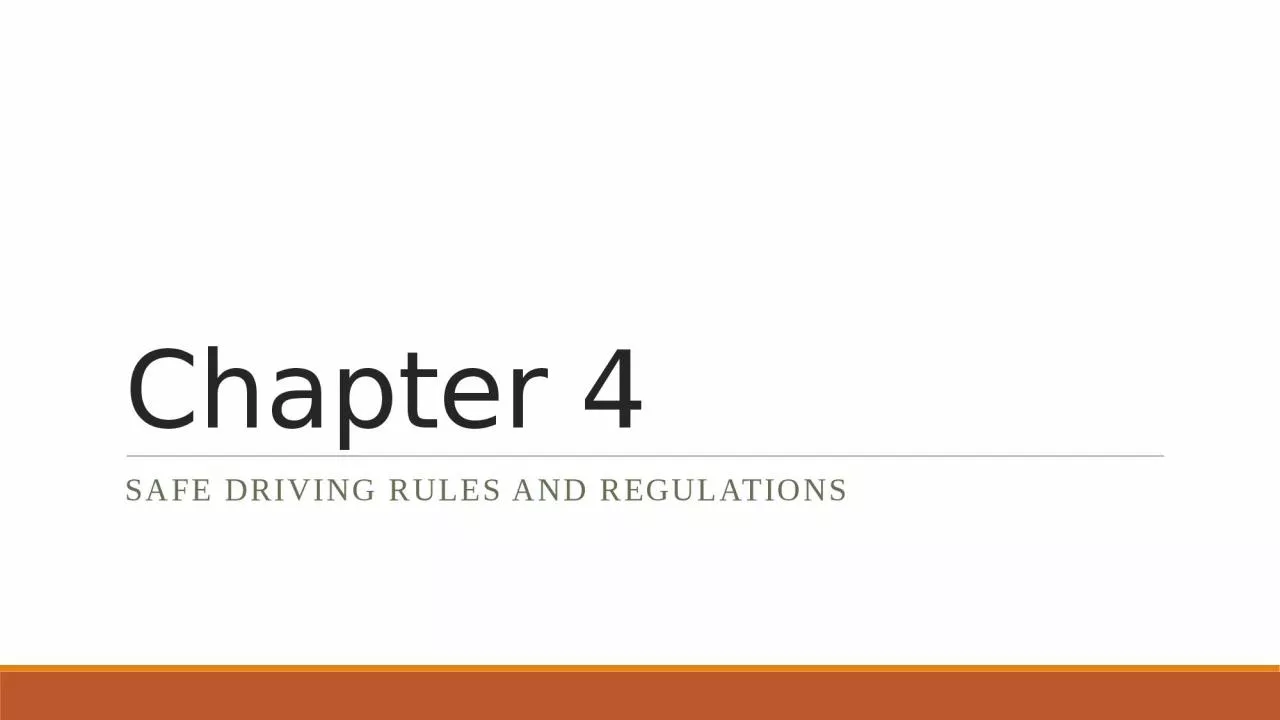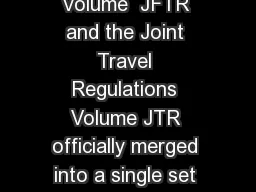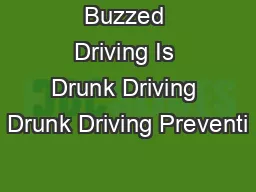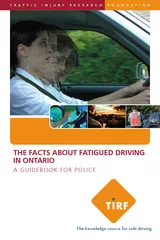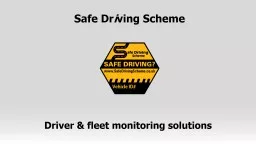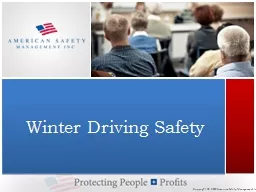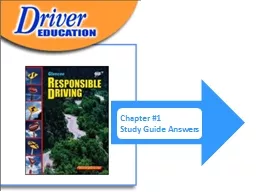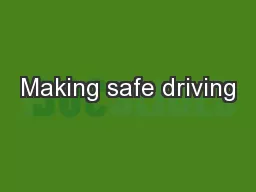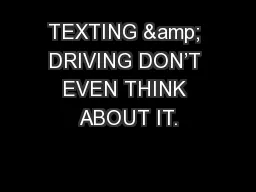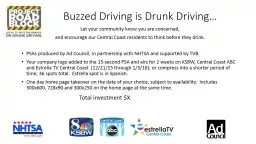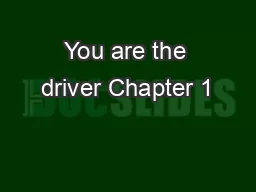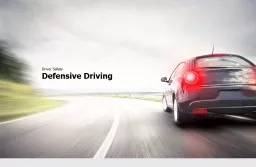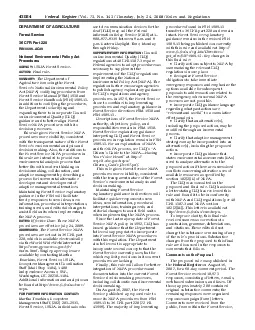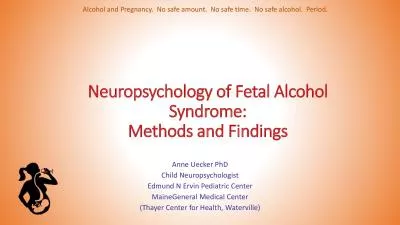PPT-Chapter 4 Safe Driving Rules and Regulations
Author : HappyHusky | Published Date : 2022-08-04
Give One Get One Move On Instructions Look up in manual assigned topic and write down all information on that topic Give One Teach your topic to someone who doesnt
Presentation Embed Code
Download Presentation
Download Presentation The PPT/PDF document "Chapter 4 Safe Driving Rules and Regulat..." is the property of its rightful owner. Permission is granted to download and print the materials on this website for personal, non-commercial use only, and to display it on your personal computer provided you do not modify the materials and that you retain all copyright notices contained in the materials. By downloading content from our website, you accept the terms of this agreement.
Chapter 4 Safe Driving Rules and Regulations: Transcript
Download Rules Of Document
"Chapter 4 Safe Driving Rules and Regulations"The content belongs to its owner. You may download and print it for personal use, without modification, and keep all copyright notices. By downloading, you agree to these terms.
Related Documents

